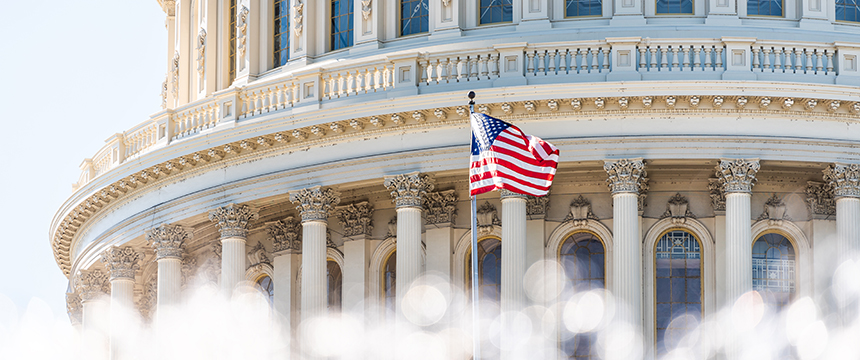
A great American songwriter and singer once wrote ”picket lines and picket signs, don’t punish me with brutality, talk to me so you can see, what’s going on…” –Marvin Gaye, 1971
As has been well publicized in the general media, workers at a large Amazon warehouse in Staten Island, New York recently voted to unionize. This is the first time a union has won an election at any Amazon facility. On Friday, April 8, 2022, Amazon filed objections with the National Labor Relations Board (NLRB), which if successful, could overturn the vote for the union. What has been less widely reported and should be of concern our readers, is that the union that won the election was not one of the mainstream union labor unions. Rather, the victors are an independent union started by two ex-workers at the warehouse. How these two guys pulled it off and what they plan to do next should be carefully studied by any employer worried about union organizing attempts at their company.
The union win at Amazon comes on the heels of a series of successful union elections at various Starbucks stores in Buffalo and other places in New York. Our previous reporting on unionization at Starbucks can be found here. These elections have the Board of Directors so concerned that former CEO Howard Schultz, who “built the company into a global powerhouse,” returned to the company to deal with the situation. Unlike the Amazon workers, the Starbucks Workers United Workers Union is affiliated with the Service Employees International Union (“SEIU”), although that affiliation is somewhat hidden to give the impression that, like the Amazon union, it is a grassroots effort. SEIU claims membership of almost 2 million workers, making it one of the largest labor unions in the country. One can assume the SEIU is providing significant financial support for further organizing at Starbucks.
At the same time, the NLRB just issued a press release stating that during the period October 1, 2021, through March 31, 2022, union representation petitions filed at the NLRB have increased 57% when compared to the first half of fiscal year 2021. As reported in the press release, President Biden’s proposed fiscal year 2023 budget requests a 16% increase in funding for the NLRB.
This increase in union activity comes on the heels of a two-year pandemic, and in a time for transformation in the labor markets and what has been called ”the Great Resignation.” As another famous songwriter once wrote, “There’s something happening here. What it is ain’t exactly clear.” Is it COVID? Is it a change in employee attitudes about work/life balance? Is it a social revolution? The answers may not be known for some time, but until they are, here are some recommendations:
- Carefully study the methods and tactics used in these recent successful organizing campaigns. Just like in politics, social media has transformed how employees interact with each other and how groups wishing to unionize a workplace can effectively drive their message.
- Analyze how your company communicates with your employees. Is your company stuck in the past using only one-way messaging via memos on bulletin boards and captive audience speeches? What is your company doing to understand the real concerns of your employees? Is your company effectively using social media to get its message out before workers start organizing? For more on this subject, see this week’s companion article.
- Train your supervisors, train your supervisors, train your supervisors; this cannot be stated enough! First and second level supervisors are oftentimes the weakest link in a company’s union avoidance programs. Do your supervisors know how to effectively listen to and understand the true concerns of their workers? Do they know how to effectively communicate the company’s message in a way that will instill trust and confidence in employees that they will decide they do not need a union?
The issues are complex and the answers not easily found. However, employers who fail to see “what’s going on” may be faced with their own “picket lines and picket signs.”
